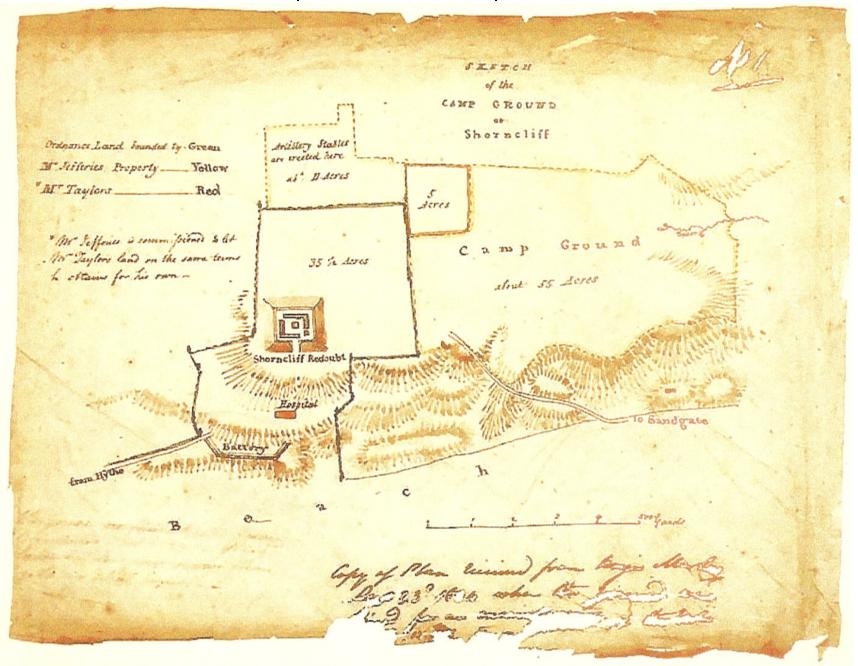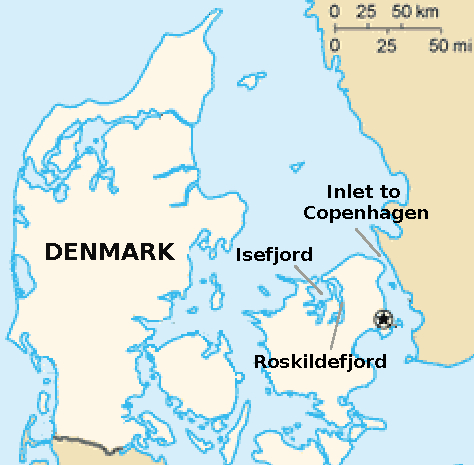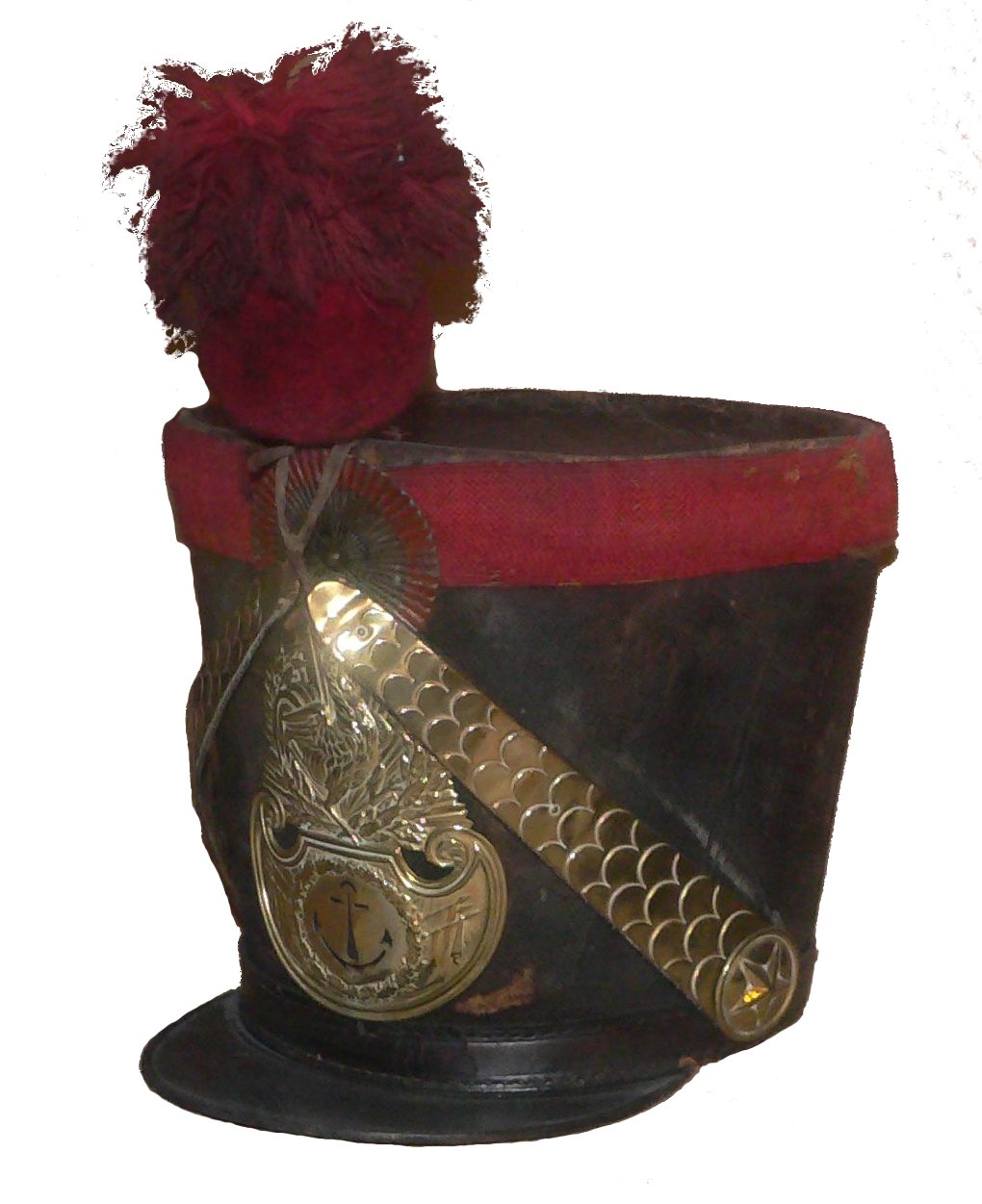|
Rifle Brigade
The Rifle Brigade (The Prince Consort's Own) was an infantry rifle regiment of the British Army formed in January 1800 as the "Experimental Corps of Riflemen" to provide sharpshooters, scouts, and skirmishers. They were soon renamed the "Rifle Corps". In January 1803, they became an established regular regiment and were titled the 95th Regiment of Foot (Rifles). In 1816, at the end of the Napoleonic Wars, they were again renamed, this time as the "Rifle Brigade". The unit was distinguished by its use of green uniforms in place of the traditional red coat. It also differed in being armed with the Baker rifle in place of smooth-bore muskets. The Rifle Brigade performed distinguished service in both the First and Second World Wars. Post war, in 1958 the regiment formed part of the Green Jackets Brigade as 3rd Green Jackets and was amalgamated with the 1st Green Jackets (43rd and 52nd) and the 2nd Green Jackets (King's Royal Rifle Corps) to form the Royal Green Jackets on 1 Ja ... [...More Info...] [...Related Items...] OR: [Wikipedia] [Google] [Baidu] |
Infantry
Infantry, or infantryman are a type of soldier who specialize in ground combat, typically fighting dismounted. Historically the term was used to describe foot soldiers, i.e. those who march and fight on foot. In modern usage, the term broadly encompasses a wide variety of subspecialties, including light infantry, irregular infantry, heavy infantry, mountain infantry, motorized infantry, mechanized infantry, Airborne forces, airborne infantry, Air assault, air assault infantry, and Marines, naval infantry. Other subtypes of infantry, such as line infantry and mounted infantry, were once commonplace but fell out of favor in the 1800s with the invention of more accurate and powerful weapons. Etymology and terminology In English, use of the term ''infantry'' began about the 1570s, describing soldiers who march and fight on foot. The word derives from Middle French , from older Italian (also Spanish) ''infanteria'' (foot soldiers too inexperienced for cavalry), from Latin '' ... [...More Info...] [...Related Items...] OR: [Wikipedia] [Google] [Baidu] |
Royal Green Jackets
The Royal Green Jackets (RGJ) was an infantry regiment of the British Army, one of two "large regiments" within the Light Division (the other being The Light Infantry). History The Royal Green Jackets was formed on 1 January 1966 by the amalgamation of the three separate regiments of the Green Jackets Brigade: * 1st Green Jackets (43rd and 52nd) *2nd Green Jackets, the King's Royal Rifle Corps *3rd Green Jackets, the Rifle Brigade (Prince Consort's Own). There were also two Territorial Army battalions made up as follows: * 4th (V) Battalion, Royal Green Jackets – formed from the remnants of the Rangers (KRRC), London Rifle Brigade, Tower Hamlets Rifles, Queen's Westminsters, Queen Victoria's Rifles, Queen's Royal Rifles and Civil Service Rifles. * 5th (V) Battalion, Royal Green Jackets – formed from the 4th Battalion, Oxfordshire and Buckinghamshire Light Infantry (TA) and the Buckinghamshire Battalion, Oxfordshire and Buckinghamshire Light Infantry. During the ... [...More Info...] [...Related Items...] OR: [Wikipedia] [Google] [Baidu] |
John Moore (British Army Officer)
Lieutenant-General Sir John Moore (13 November 1761 – 16 January 1809) was a British Army officer and politician. He is best known for his military training reforms and for his death at the Battle of Corunna, in which he repulsed a French army under Marshal Soult during the Peninsular War. After the war General Sarrazin wrote a French history of the battle, in which he said: "Whatever Bonaparte may assert, Soult was most certainly repulsed at Corunna; and the British gained a defensive victory, though dearly purchased with the loss of their brave general Moore, who was alike distinguished for his private virtues, and his military talents." Early years John Moore was born in Glasgow, the son of John Moore, a doctor and writer, and the older brother of Admiral Sir Graham Moore. He attended Glasgow High School, but at the age of 11 joined his father and Douglas, the young 16-year-old 8th Duke of Hamilton (1756–1799), his father's pupil, on a grand tour of France, Italy ... [...More Info...] [...Related Items...] OR: [Wikipedia] [Google] [Baidu] |
52nd (Oxfordshire) Regiment Of Foot
The 52nd (Oxfordshire) Regiment of Foot was a light infantry regiment of the British Army throughout much of the 18th and 19th centuries. The regiment first saw active service during the American War of Independence, and were posted to India during the Anglo-Mysore Wars. During the Napoleonic Wars, the 52nd were part of the Light Division, and were present at most major battles of the Peninsula campaign, becoming one of the most celebrated regiments, described by Sir William Napier as "a regiment never surpassed in arms since arms were first borne by men". They had the largest British battalion at Waterloo, 1815, where they formed part of the final charge against Napoleon's Imperial Guard. They were also involved in various campaigns in India. The regiment was raised as a line regiment in 1755 and numbered as the "54th Foot"; they were renumbered as the "52nd Regiment of Foot" in 1757. In 1781, the regional designation "52nd (Oxfordshire) Regiment of Foot" was given and in 1 ... [...More Info...] [...Related Items...] OR: [Wikipedia] [Google] [Baidu] |
43rd (Monmouthshire) Regiment Of Foot
The 43rd (Monmouthshire) Regiment of Foot was an infantry regiment of the British Army, raised in 1741. Under the Childers Reforms it amalgamated with the 52nd (Oxfordshire) Regiment of Foot (Light Infantry) to form the 1st and 2nd battalions of the Oxfordshire Light Infantry in 1881. The regiment went on to become the Oxfordshire and Buckinghamshire Light Infantry in 1908. History Raising and Seven Years War The regiment was raised at Winchester by Colonel Thomas Fowke as Thomas Fowke's Regiment of Foot in 1741. The regiment's first deployment was on garrison duties at Menorca in 1742. The regiment was numbered 54th Regiment of Foot from 1747 until 1751 when it became the 43rd Regiment of Foot. In May 1757, the 43rd sailed for North America, arriving at Halifax, Nova Scotia the following month to defend the British North American colonies during the French and Indian War (the North American Theatre of the Seven Years' War) against France. A detachment of the 43rd was def ... [...More Info...] [...Related Items...] OR: [Wikipedia] [Google] [Baidu] |
Kent
Kent is a Ceremonial counties of England, ceremonial county in South East England. It is bordered by Essex across the Thames Estuary to the north, the Strait of Dover to the south-east, East Sussex to the south-west, Surrey to the west, and Greater London to the north-west. The county town is Maidstone. The county has an area of and had population of 1,875,893 in 2022, making it the Ceremonial counties of England#Lieutenancy areas since 1997, fifth most populous county in England. The north of the county contains a conurbation which includes the towns of Chatham, Kent, Chatham, Gillingham, Kent, Gillingham, and Rochester, Kent, Rochester. Other large towns are Maidstone and Ashford, Kent, Ashford, and the City of Canterbury, borough of Canterbury holds City status in the United Kingdom, city status. For local government purposes Kent consists of a non-metropolitan county, with twelve districts, and the unitary authority area of Medway. The county historically included south-ea ... [...More Info...] [...Related Items...] OR: [Wikipedia] [Google] [Baidu] |
Shorncliffe Army Camp
Shorncliffe Army Camp is a British Army installation near Cheriton in Kent, established in 1794. The camp, described as "the birthplace of the modern British Army", previously consisted of Ross Barracks, Burgoyne Barracks, Somerset Barracks, Napier Barracks, Risborough Barracks and Sir John Moore Barracks, however, due to closures, the latter is all that remains in military use. History The camp was established in 1794 when the British Army bought over 229 acres of land at Shorncliffe; it was then extended in 1796 and 1806. It was at Shorncliffe that, in 1803, Sir John Moore trained the Light Division that fought under the Duke of Wellington in the Napoleonic Wars. In 1890, hutted camp facilities were replaced with permanent facilities known as Moore Barracks, Napier Barracks, Ross Barracks, Royal Engineers Barracks (later known as Burgoyne Barracks) and Somerset Barracks. Risborough Barracks was established by 1910. Shorncliffe was used as a staging post for troops destined ... [...More Info...] [...Related Items...] OR: [Wikipedia] [Google] [Baidu] |
Horatio Nelson, 1st Viscount Nelson
Horatio Nelson, 1st Viscount Nelson, 1st Duke of Bronte ( – 21 October 1805) was a Royal Navy officer whose leadership, grasp of strategy and unconventional tactics brought about a number of decisive British naval victories during the French Revolutionary and Napoleonic Wars. He is widely regarded as one of the greatest naval commanders in history. Nelson was born into a moderately prosperous Norfolk family and joined the navy through the influence of his uncle, Maurice Suckling, a high-ranking naval officer. Nelson rose rapidly through the ranks and served with leading naval commanders of the period before obtaining his own command at the age of 20, in 1778. He developed a reputation for personal valour and a firm grasp of tactics, but suffered periods of illness and unemployment after the end of the American War of Independence. The outbreak of the French Revolutionary Wars allowed Nelson to return to service, where he was particularly active in the Mediterranean Sea. He f ... [...More Info...] [...Related Items...] OR: [Wikipedia] [Google] [Baidu] |
Battle Of Copenhagen (1801)
The Battle of Copenhagen of 1801 ( Danish: ''Slaget på Reden'', meaning "the battle of the roadstead Copenhagen Harbour), also known as the First Battle of Copenhagen to distinguish it from the British fleet fought and defeated a smaller force of the Royal Danish Navy">Dano-Norwegian Navy anchored near Copenhagen on 2 April 1801. The battle came about over British fears that the powerful Danish fleet would ally with First French Republic">France, and a breakdown in diplomatic communications on both sides. As the British ships entered the harbour of the Danish Navy, several of its ships took up station at the harbour's roadstead, forming a blockade. The Danish fleet defended the capital with these ships and bastions on both sides of the harbour inlet. It was the second attempt by the British to try to prevent a Franco-Danish alliance, as the British had already entered Øresund with a fleet in August 1800, in order to persuade Denmark not to ally with France. The Danes agreed ... [...More Info...] [...Related Items...] OR: [Wikipedia] [Google] [Baidu] |
Ferrol, Galicia
Ferrol (, ) is a city in the province of A Coruña in Galicia, Spain, located in the Rías Altas, in the vicinity of Strabo's Cape Nerium (modern-day Cape Prior). According to the 2021 census, the city had a population of 64,785, making it the seventh-largest settlement in Galicia. With Eume to the south and Ortegal to the north, Ferrol forms the ''comarca'' of Ferrolterra. Around a hundred years ago, and earlier, the harbour, with its depth, capacity and overall safety, had few equals in Europe; its entrance was very narrow, commanded by forts, and could even be shut by a boom. Ferrol has been a major naval shipbuilding centre for most of its history, being the capital of the Spanish Navy's Maritime Department of the North since the time of the early Bourbons. In the 17th century, Ferrol held the largest arsenal in Europe. Today, the city contains several major shipbuilding yards belonging to the Navantia Group. Ferrol was the birthplace of the dictator Francisco Fra ... [...More Info...] [...Related Items...] OR: [Wikipedia] [Google] [Baidu] |
Shako
A shako (, , or ) is a tall, cylindrical military cap, usually with a visor, and sometimes tapered at the top. It is usually adorned with an ornamental plate or Cap badge, badge on the front, metallic or otherwise; and often has a feather, hackle, or pompom attached at the top. Extensively used as an item of military headgear during the nineteenth and early twentieth centuries, the shako now survives as part of some ceremonial uniforms. Origins The word ''shako'' originated from the Hungarian language, Hungarian name for the ''peak'', which Hungarian border soldiers () added around 1790 to their previously visorless stovepipe-style hats. Originally these hats were part of the clothing commonly worn by shepherds, before being added to the uniform of the Hungary, Hungarian hussar in the early 18th century. Other spellings include ''chako'', ''czako'', ''sjako'', ''schako'', ''schakot'', and ''tschako''. From 1800 on, the shako became a common military Headgear, headdress worn by ... [...More Info...] [...Related Items...] OR: [Wikipedia] [Google] [Baidu] |
Facing Colour
A facing colour, also known as facings, is a common tailoring technique for European military uniforms where the visible inside lining (sewing), lining of a standard military jacket, coat or tunic is of a different colour to that of the garment itself.René Chartrand, William Younghusband, Bill Younghusband, Gerry Embleton ''Spanish Army of the Napoleonic wars'', Osprey Publishing: 1998, , 48 pages The jacket lining evolved to be of different coloured material, then of specific hues. Accordingly, when the material was turned back on itself: the cuffs, lapels and tails of the jacket exposed the contrasting colours of the lining or facing (sewing), facings, enabling ready visual distinction of different units: regiments, Division (military), divisions or battalions each with their own specific and prominent colours. The use of distinctive facings for individual regiments was at its most popular in 18th century armies, but standardisation within infantry branches became more common du ... [...More Info...] [...Related Items...] OR: [Wikipedia] [Google] [Baidu] |









